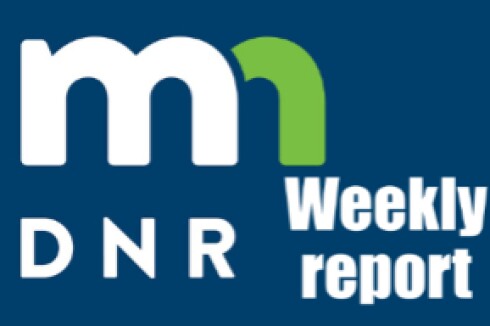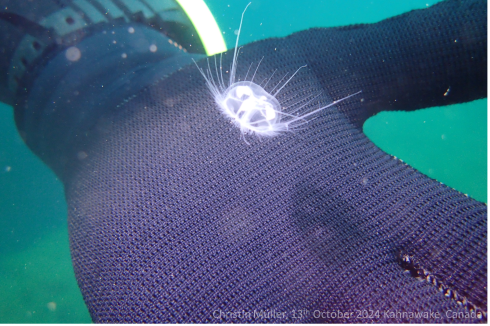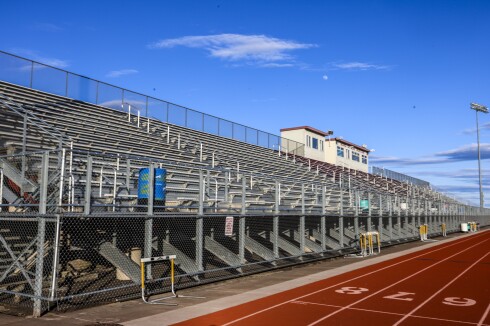APOSTLE ISLANDS — Several buoys that provide real-time wave condition information in the waters of the Apostle Islands National Lakeshore to aid with paddler and boater safety have been moved to new locations this summer based on public feedback.
The buoys are part of the Water Information for a Safe Coast Watch program. In 2021, seven spotter buoys were deployed throughout the islands, plus Chequamegon Bay near Ashland and Siskiwit Bay near Cornucopia.
ADVERTISEMENT
The buoys monitor wave height, water temperature and wind information. Conditions around the 22 islands vary dramatically due to sheltering effects from the archipelago and rapidly changing winds and fast-moving storms.
The information is available at infos.cee.wisc.edu/wisc-watch/index.php .
Paddlers, anglers and boaters can use the data to plan their trips, or plan not to go. The scientific data collected by the buoys is being used by University of Wisconsin-Madison researchers to make nearshore wave and current forecast computer models more accurate so that in the future, buoys won’t be needed.
Last week, eight buoys were deployed at the mainland sea caves, Little Sand Bay, Little Manitou Island, Stockton Island, Madeline Island and Long Island, plus Siskiwit Bay near Cornucopia and Saxon Harbor.
The Devil’s Island buoy was moved to just off Manitou Island. A buoy was added to Madeline Island near Big Bay State Park. The Sand Bay buoy was moved closer to Little Sand Bay. The Stockton Island buoy was moved from the more sheltered Julian Bay to just off the Presque Isle Peninsula so that it’s exposed to more waves.
The buoy project was funded by the Wisconsin Coastal Management Program, Wisconsin Sea Grant and the UW-Madison Department of Civil and Environmental Engineering.













